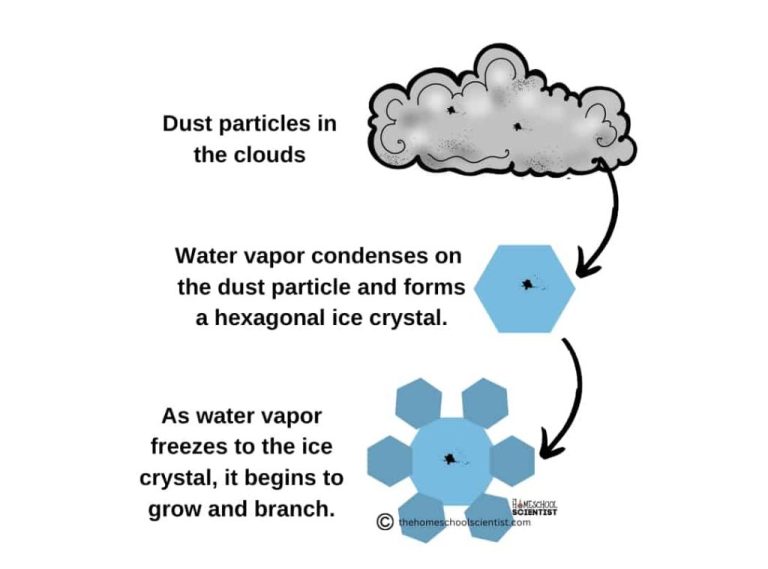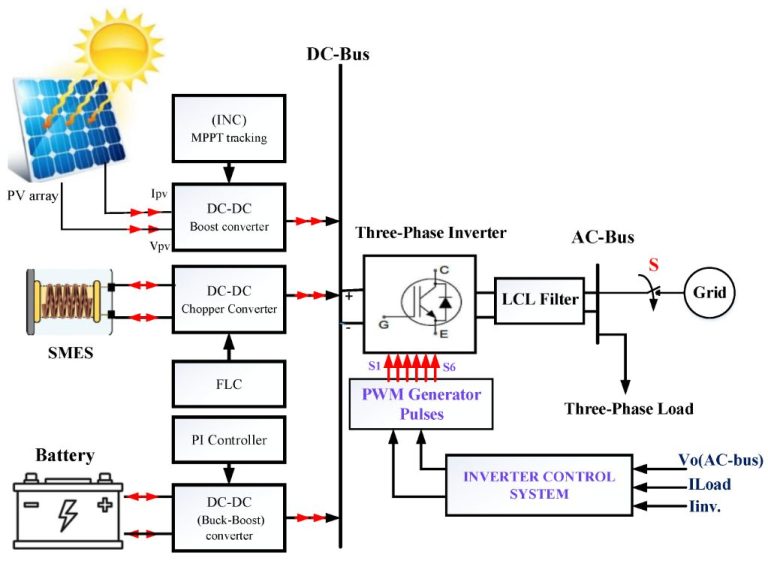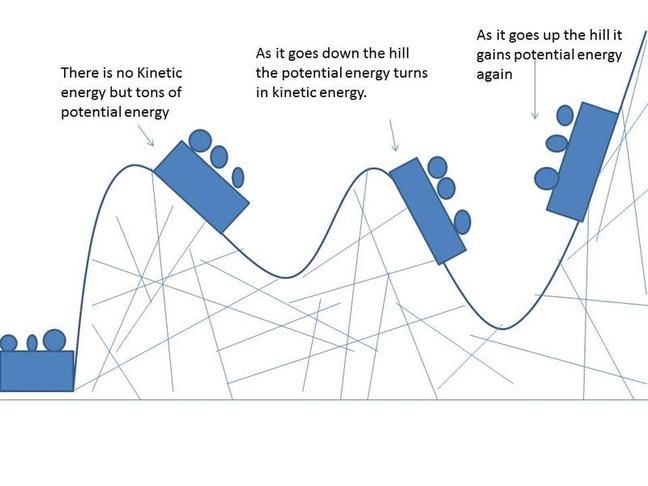Does Everything Have Its Own Energy?
Energy is defined as the capacity to do work. In physics, energy comes in many forms like kinetic, potential, thermal, electrical, chemical, nuclear and more. However, in spiritual and metaphysical beliefs, energy is seen as the life force that animates all things.
The idea that everything has its own unique energy or life force is a concept that has been around for centuries. Ancient cultures like those in China, India and Japan believed that a universal energy flowed through all people and things. This energy, known as chi, qi or prana, was said to animate objects, living beings and even thoughts and emotions.
In modern times, the concept of energy fields surrounding and permeating objects is still prevalent. Known as aura energies, these invisible forces are thought by some to directly impact the physical realm. The study of energy fields and their relation to animate and inanimate matter remains an intriguing and controversial subject.
The Theory of Energy Fields
Many healing practices are based on the concept that all living things have an energetic or “subtle” body in addition to their physical body. This subtle body is comprised of energy fields or auras that surround the physical body. In modalites like Reiki, Qigong, and Pranic healing, practitioners work with these energy fields to promote healing and wellbeing.
According to this theory, our energy fields extend outward from our body, with the closest layer being the Etheric field followed by the Emotional, Mental, and Spiritual fields. Imbalances or blockages in these fields are thought to manifest as disease in the physical body. Healers use techniques like laying hands on or over the body to detect imbalances in the energy field and transfer healing energy to rebalance the client’s energy system.
Though the existence of human energy fields has not been empirically proven, energy healing modalities remain popular complementary therapies for their purported benefits like reduced stress and anxiety, pain relief, and overall improved wellness.
The Energy of Inanimate Objects
Many cultures and spiritual traditions propose that even inanimate objects like rocks or crystals carry their own energy. According to this view, all material things vibrate at their own natural frequencies and interact energetically with the world around them.
For example, crystals are believed to hold and transmit unique energetic properties based on their molecular structure, shape, and mineral content. That’s why crystals and gemstones are commonly used in spiritual healing, meditation, and energy work. The energy signature of a crystal is thought to interact with a person’s own energy field.
Beyond crystals, some believe that manufactured objects, buildings, and even spaces or geographical locations have an energy that affects those who encounter them. Places can be described as having good or bad energy, and being either energizing or draining to be around. The energy of spaces is why feng shui, an ancient Chinese practice, aims to harness positive energy in the layout and design of living and work spaces.
Additionally, many cultures and spiritual belief systems suggest that buildings, locations, antiques, and physical objects can become imprinted with or carry the energy of previous owners or events that happened around them, especially events that were highly emotionally charged.
While the idea that inanimate objects have energy remains a metaphysical theory, many report experiences that suggest material things are more than just inert matter. At the very least, the way we interact with and respond to objects demonstrates that they impact us energetically on some level.
The Energy of Places
The concept that places have their own distinct energies that can impact people is found in many spiritual traditions and belief systems. Some key ideas around the energy of places include:
Certain locations are thought to have higher or more beneficial energies, like mountaintops, forests, rivers, or other nature spots. Being in these places is believed to uplift people energetically and spiritually. This aligns with research showing benefits of being in nature.
Some places are thought to have stagnant or detrimental energies, like crowded cities, polluted areas, or the sites of disasters or tragedies. Visiting these places may negatively impact mood or mindset.
In feng shui and other Eastern practices, the flow of energy (chi) through a space is important. Layout, lighting, clutter, and color choices can improve or disrupt this flow.
Sacred sites like temples, churches, or pilgrimage sites are seen as reservoirs of spiritual energy accumulated over time. Making a pilgrimage to these places is thought to confer blessings.
Some paranormal or spiritual phenomena like ghosts, visions, or supernatural occurrences are associated with certain locations, indicating unusual energies there.
Overall, the long-held belief across many traditions that locations have their own energies remains relevant today. Even modern science lends some support with studies on the impacts of spaces on human health and psychology.
The Energy of Plants and Animals
Many people believe that all living things have their own energy or life force. This idea has roots in several spiritual traditions, including Chinese medicine and Hindu philosophy. According to these perspectives, plants and animals possess a subtle energy or “qi” that allows them to grow, heal, and thrive.
Some claim that plants have an aura or energy field that can be felt when you are near them. Sensitive people say they can detect when a plant is happy or distressed based on its energy. Similarly, some believe that animals project an energy field that pet owners and veterinarians can intuit. There are stories of pets seeming to “know” when their owners are returning home or sensing danger during disasters.
While there is no scientific proof that plants and animals emit measurable energetic fields, the idea persists in various holistic healing modalities. Some practitioners claim to balance the energy of plants and animals through techniques like acupuncture, Reiki, or flower essences. However, these types of energy work remain controversial and are not accepted in mainstream science.
## The Energy of People

Many belief systems propose that all people have an energetic field or aura surrounding them. This human energy field is sometimes called the subtle body or the etheric body and is believed to be invisible to the naked eye. However, some claim to be able to see or sense these auras and energy fields.
The human aura is often described as a colored glow or series of layers extending out from the body. Each color and layer is said to provide information about a person’s mental, emotional, spiritual, and physical state. For example, some believe a bright vibrant aura indicates good health, while a depleted clouded aura may suggest illness or negative emotions.
The concept of auras originates in ancient spiritual texts and has been incorporated into modern alternative medicine practices. Kirlian photography in the 1930s aimed to capture images of auras using electrical photographic techniques. More recent electromagnetic field detectors also claim to visualize and measure human energy fields.
While the existence of biofields has not been scientifically verified, many report sensing fields of energy around others. Some believe we can learn to see and interpret auras through practice and that sensing energy fields allows us to better understand ourselves and others.
The Energy of Thoughts and Emotions
Many people believe that thoughts and emotions radiate a type of energy that can be felt and absorbed by others. This notion stems from the idea that our inner states project outward in the form of an energy field that surrounds us.
For example, when someone is feeling angry or frustrated, people around them may pick up on that “vibe” even if nothing is said aloud. The angry person’s energy field supposedly transmits signals that others unconsciously perceive.
Similarly, when someone is exuding positive emotions like joy, love, or excitement, that upbeat energy can supposedly be felt and shared. People who are described as charismatic or magnetic are said to emanate stronger and more compelling energy fields that draw others to them.
The energy of thoughts is believed to work along the same lines. Focused, purposeful thoughts are considered more energized than idle or scattered ones. Meditation and visualization techniques aim to harness the power of thought energy.
Overall, the notion that our inner states transmit an energy or aura that impacts others remains a philosophical belief. While intriguing, scientific evidence for this type of emotional and thought energy still remains elusive.
Studies on Energy
Several scientific studies and experiments have been conducted over the years to try to detect and measure energy fields around living things. The most well-known is Kirlian photography, a technique that involves placing objects on photographic plates and using high-voltage electricity to produce images that allegedly show energy fields or auras around objects. Critics argue that moisture, heat, and other factors can produce these effects, but proponents believe the images reveal real energy fields.
More rigorous experiments have also been conducted to try to detect human energy fields. Dr. Valerie Hunt, a UCLA researcher, used electromyography sensors to measure electromagnetic frequencies around the bodies of subjects. She claimed that each person’s frequencies were unique, like a fingerprint. However, other researchers trying to replicate her results have had inconsistent findings.
Some experiments have involved attempting to measure the energy from healers’ hands during alternative therapies like Reiki and Qigong. However, reviews of multiple studies show contradictory results, with no conclusive evidence that such energy can be detected or has effects. Overall, there remains considerable disagreement in the scientific community about the existence and nature of the human energy field.
Energy in Different Cultures
The concept of energy is an ancient one that has been explored across cultures and belief systems for thousands of years. Many cultures view energy as a universal force that connects all things in the natural world.
In traditional Chinese culture, Qi (also spelled Chi) refers to the energy or life force that flows through all living things. Qi energy flows through meridians in the body and can be manipulated through practices like acupuncture, meditation, and Tai Chi. Balancing and cultivating Qi is seen as essential for health and wellbeing.
Similarly, the ancient Indian concept of Prana refers to a vital energy that sustains the body and is linked to breath and breathing exercises. Manipulating Prana through yoga and Ayurvedic medicine is thought to improve health.
Many shamanic belief systems hold that everything contains its own unique spirit or energy. Shamans undergo specialized training to see the energetic spirits in things like animals, plants, and natural objects and interact with them for healing and guidance.
In Japanese Shinto, Kami refers to the divine spirits or essences that reside in objects like mountains, rivers, and trees. The goal is to live in harmony with Kami energies through purification rituals and offerings at shrines.
Across cultures, the idea that everything has its own unique energy or life force is a common thread. Practices focused on sensing, harnessing, and balancing energy are seen as ways to attain harmony between people, nature, and the spiritual realm.
Conclusion
Does everything have its own energy? Based on the evidence presented, there are strong arguments on both sides of this issue. Many cultures and belief systems maintain that all things possess an innate vitality or “life force.” This perspective emphasizes the unseen connections between all living and nonliving entities. While modern science has not validated the existence of universal energy fields, some pioneering researchers have detected unexplained phenomena that seem to suggest everything radiates its own unique frequencies. Quantum physics in particular examines the vibratory nature of subatomic particles and concepts like entanglement, which describe unexplained interactions between separated particles. Though a definitive answer remains elusive, the proposition that everything has its own energy bridges science and spirituality in some fascinating ways. More research is needed, but this eternal question continues to captivate mystics, philosophers, and scientists alike.





